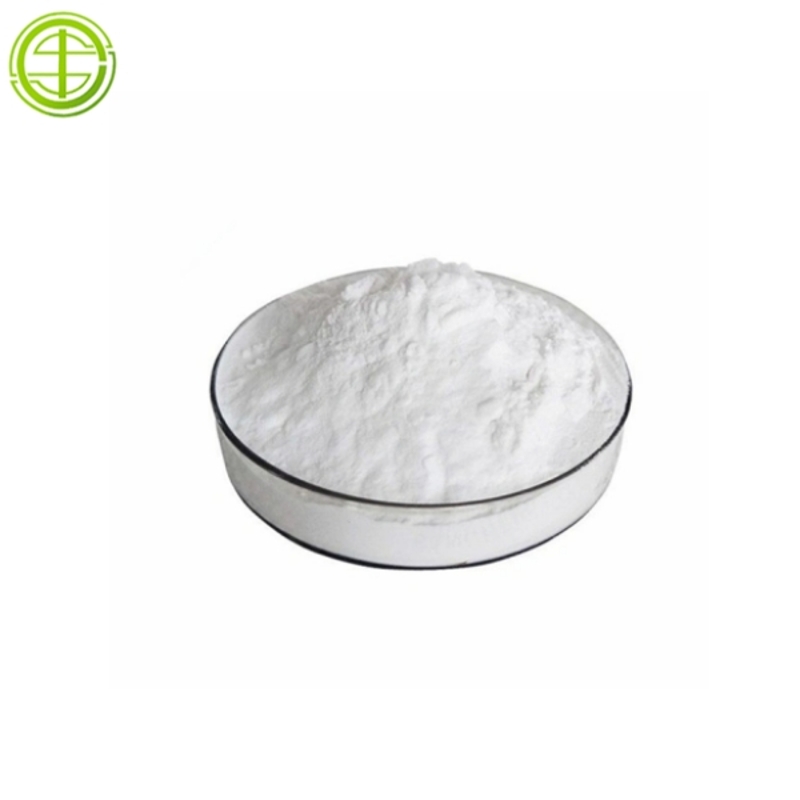Why can rice be made on land? Is the evolutionary division regulation mechanism the key?
-
Last Update: 2021-03-06
-
Source: Internet
-
Author: User
Search more information of high quality chemicals, good prices and reliable suppliers, visit
www.echemi.com
Science and Technology Daily (Reporter Zhao Hanbin) reporter learned from Yunnan University, the school's agricultural college Hu Fengyi researcher and his team recently successfully revealed the land rice in the adaptive evolution of the mechanism of regulation and control. The results were published online online in nature's sub-issue, Nature Communications.
plant strains play an important role in crop yield, and the domestication history of many of the crop has experienced a common and parallel pattern of plant change, i.e. a change with a decrease in division. For example, the wild species of corn, segirder, wheat, millige, pearl and other crops have more division, and their cultivation species tend to be significantly less. Known corn domestication genes (tb1) and their direct estration genes in stabards, millige, and pearl thyme have been shown to be key genes that affect plant division during crop domestication. So does this parallel evolution have a common molecular genetic mechanism?
Previous studies have found that the corn domestication gene in rice's direct 1st gene OsTb1, although functionally proven to affect the distribution of the sex, but in the rice domestication process has not been selected;
rice is a special ecological group adapted to the rain-based land environment, the whole fertility period soil is in the land-based state, after the land environment and human selection, its distribution is greatly reduced. The team of Professor Hu Fengyi of Yunnan University, in collaboration with Professor Wang Wen of Northwestern University of Technology, Researcher Chen Hua of the
Genomics Institute, and Professor Len Wade of the University of Queensland, Australia, identified OsTb2, a branch-regulating gene with strong selection signals in Lu rice through population genetics and comparative genomics, which is a new gene produced by gene replication of the direct homogene of an important domesticated gene in corn, which promotes the development of rice division.
they then found that the direct ionogen coding region may be the main factor that causes the difference between water and land rice esoterypes. They may cause changes in the function of the gene that regulates the division, as well as mutations in gene expression.
further correlation analysis showed that the number of land rice distribution was significantly lower than that of rice in the land environment, while the land rice varieties had a higher yield of single spike. That is, under the choice of land environment, due to the pursuit of human production and the dual choice of adaptation to the land environment pressure, the final evolution of the ecological differentiation of the land-based rice population of the sub-regulation gene deverization, thereby reducing the division of the land-based environment, increased the yield of single spike, and thus fixed by human selection. Further functional analysis revealed that the interaction between the proteins of the divisional regulatory gene and the direct ionogen gene partially counteracted the function of the direct ionogen gene in inhibiting the division through a transcription factor path.
this study, it is proposed that the new functionalization of the branching regulation gene is the mode of adaptive evolution of the branch of land rice. The molecular regulatory model of the divisional regulatory gene is analyzed: that is, the interaction between the divisional regulatory gene and the direct-line esoteric gene, which partially eliminates the inhibitory effect of the direct ionary gene on the transcription factor path, and then regulates the sub-esoteric type. Crops including sorghum, maize, wheat, t course of branching reduction in the process of domestication, and this study expands the theory of crop branching evolution under natural and artificial selection, and provides ideas and materials for the selection and adaptation of rice grown in drylands.
This article is an English version of an article which is originally in the Chinese language on echemi.com and is provided for information purposes only.
This website makes no representation or warranty of any kind, either expressed or implied, as to the accuracy, completeness ownership or reliability of
the article or any translations thereof. If you have any concerns or complaints relating to the article, please send an email, providing a detailed
description of the concern or complaint, to
service@echemi.com. A staff member will contact you within 5 working days. Once verified, infringing content
will be removed immediately.







